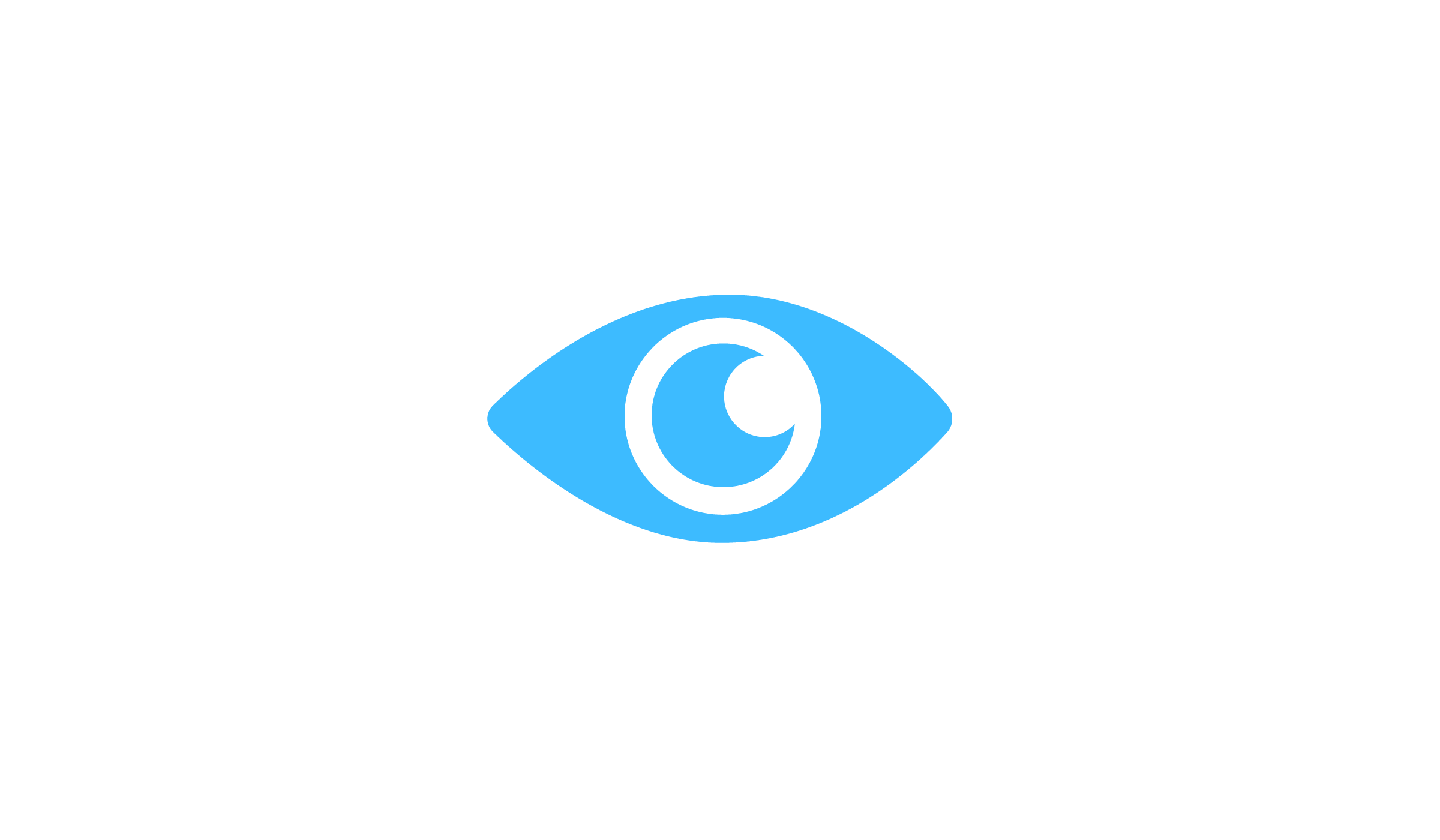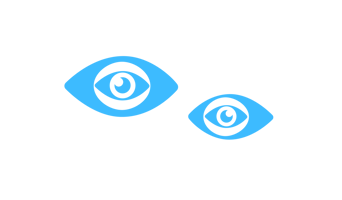High levels of transparency are a hallmark of agile workplaces, as transparency and the availability of information allows decentral actors to make better decisions. As a concept, workplace transparency comes with a few tradeoffs that org designers and leaders need to reflect in their communication rules.
Transparency in the workplace - a maximum of information sharing and visibility as a misleading ideal?
Opaqueness, which is very common in large, complex organizations, is often criticized, and not only after scandals that clearly reveal shadow practices, such as Volkswagen’s manipulation of emission tests, or Facebook’s lack of transparency regarding user data, or revolutionizing information leaks such as those by Edward Snowden or Julian Assange. In contrast to opaqueness, transparency – as a basic democratic pattern – is generally understood as a positive thing. This is particularly evident in the discourses around new forms of organizing (such as around Holacracy or agile and scrum), which call for greater transparency. A lot of those concepts see availability, accessibility, and comprehensiveness of information as important factors of non-hierarchical, self-organizing network structures.
And while transparency certainly plays an important role in achieving an open culture based on trust, fostering self-organization, and developing better decision-making processes, it can’t simply deliver (or fix) these elements. This is why actually putting transparency into context and practice isn’t that easy. It’s challenging for large companies and organizations that operate in very regulated or high risk-sensitivity industries, such as banks, as well as for firms in the process of developing new forms of organizing and agile practices. And several authors, including Julian Birkinshaw and Ethan Bernstein, have drawn attention to the paradox of how transparency can’t be categorized simply as either good or bad.
The solution to “putting transparency into practice” therefore is not to:
-
immediately assume that a good/agile firm is a 100% transparent one;
-
try to build an organization on the assumption that you need to collect and share all available information all the time
If you do these two things, there’s a pretty high risk of ending up with more bureaucracy and higher costs or, worse, with institutionalized surveillance.
Drive organizational innovation
with Management Kits
Making sense of transparency in the workplace - balancing the needs of your co-workers with the risks of unintended consequences of simplistic, free-to-all information sharing
“Organizations and individuals pledge to outbid each other in a kind of transparency auction that’s yet to reach its price ceiling. But why the rush to acquire it? After all, it’s not a thing in itself. In a sense, it’s nothing at all, merely the absence of concealment. And that’s the first clue: transparency is a virtue, the secular version of a born-again cleanliness that few can fail to praise.”
C. Birchall, ‘Secrecy and Transparency’: The Politics of Opacity and Openness (2011), p.1
At Management Kits, we believe in combining research and practice to find robust solutions to the most pressing business challenges faced by organizations and their leaders. To this end, we need to better understand the very concept of transparency to handle information in a fair and functional way.
Transparency in business life is not simply the opposite of secrecy: leaders at all levels need to make smart choices about what and how to share
First, we shouldn’t view transparency as the opposite of secrecy, which, according to Dr. Clare Birchall, a lecturer at King’s College London, is an effect caused by the rise of transparency as a dominant social value and a political and cultural ideal. With the rise of this idealization of transparency, secrecy has become overwhelmingly associated with negative attributes, such as being undemocratic, unlawful, or ignorant.
Birchall makes the point that rather than rushing to acquire transparency, which is “not a thing in itself”, organizations need to develop an understanding of the symbiotic relationship between transparency and secrecy. At the core of this understanding are the beliefs that a) secrecy is a constitutive element of transparency, and b) there is actually no “‘beyond’ of transparency, a ‘beyond’ of secrecy, or a ‘beyond’ of their mutual dependence” (Birchall, 2011, p.6). To develop this understanding, leaders need to appreciate the tension between the two concepts rather than seeing them in a dualistic “one or the other” (or even “beyond”) relationship.
In short, transparancy is something that is actively created - and it is not created simply by laying everything open, because this in itself can simply lead to confusion and other unintended consequences.
It’s becoming harder to determine what people you work with need to know – so, in line with the purpose of your role and the goals of the organization, you should make what you have accessible and let others decide for themselves how to use that information
One of the main criticisms we see in hierarchical organizations is that information is retained at the top and is only shared and "cascaded" down as deemed necessary. The problem with this is that in our “(post) age of information” people need to constantly gather, manage, and integrate, as well as translate and negotiate new and existing knowledge into their daily work – and not only the top executives, but any member of an organization. It’s becoming much harder to know what information people need to do their work and what knowledge isn’t relevant. So there’s definitely a case for making information accessible and letting people decide in a self-organized way what they use.
Transparency in business is not the same as “sharing or collecting a lot” - to the contrary, the benefits from transparency towards internal and external stakeholders result from a proactive and deliberate approach to information sharing
On the other hand, many companies operate more and more in “opaque transparencies” (Birchall, 2011) as data gathering and storage capacities have grown so large that a big part of available information can’t even be processed or interpreted.
Birchall points out that the patterns of the knowledge economy are also paradoxical in themselves as they are based on very conscious decisions to share or hide information, depending on business area, organization, as well as stakeholder requirements. Apple and Google, for example, are very secretive about their product development, while Microsoft and Tesla have a more open approach to previewing products. It’s worth noting that both strategies have the potential to build up dynamics of mystery and hype. Other companies decide to go in totally different directions to develop transparency – for example in the case of Patagonia’s “Foot Print Chronicles”, the outdoor clothing company makes their whole supply chain process transparent with the goal of encouraging environmental sustainability and social responsibility.
Be mindful of unintended consequences and the creation of distrust: Is my transparency their means of surveillance?
Google is an interesting example when it comes to transparency. The company has been fostering internal and external transparency for many years, for instance by the means of transparency reports, open meeting formats, and intensive communication flows. At the same time, however, Google has engaged in opaque business strategies and practices, such as its return to China ("Project Dragonfly"), its handling of sexual misconduct claims, or its actions that led to a $57 million fine in France for violations of the GDPR. And, as Mikkel Flyverbom and his colleagues from Copenhagen Business School have pointed out (2016), one of Google’s core purposes is quite paradoxical: Google uses techniques bordering on surveillance to analyze its users so that the company can provide them with “better” (more relevant) search results. Google is just one of many firms building the new paradigm of what Shoshana Zuboff calls “surveillance capitalism” which uses human behavior data to improve service . But data is also becoming a valuable commodity itself, one that is processed by machine intelligence, traded, and sold as a product with the potential to predict future behavioral marketplaces. Demands for more extensive and stricter data protection regulations are only adding to the growing complexity of handling information.
An interesting example of the surveillance discourse is Dave Egger’s 2013 novel The Circle, which is mentioned by Flyverbom and colleagues:
“The Circle describes an organization in which all aspects of the lives of employees are monitored and ranked. Even outside work, their activities must be shared with others, because ‘privacy is theft’ and ‘secrets are lies.’ Managers and employees at The Circle promote a technology-driven societal vision of transparency as the ideal solution to misconduct, selfishness, and dishonesty. If everything is observed all the time, bad things will stop occurring and people will behave as they should. Following this philosophy, the company works aggressively to gather and connect data about as many people as possible to ‘close the circle’ and build a perfectly transparent organization. As Mae, the main character in the book, describes her workplace, ‘Outside the walls of the Circle, all was noise and struggle, failure and filth. But here, all had been perfected.’ Employees wear cameras and broadcast everything they do. Simultaneously, they push politicians to similarly ‘go transparent’ in all situations.” (Flyverbom et al., 2015, p.386)
In this fictional dystopia, transparency is the means of controlling human behavior and entire systems, and leads to a cult-like surveillance information dictatorship. Eggers makes an interesting point here about the possible homogenizing of human behavior as a result of being constantly watched once “going transparent” becomes the norm . This brings up the element of privacy in the sense of a “right to secrecy” as a substantial part of democratic systems. With regard to direct employee (performance) tracking in particular, there needs to be very clear focus of application and reflection so the benefits outweigh potential harm. In the worst case, you end up exposing and distrusting employees, putting them in a highly vulnerable position. Eric Schmitt’s famous saying that “if you do not want something to come out, you shouldn’t do it” is striking as a general remark, but even more worrying if you are an employee of the company the guy is CEO of.
Transparency in business and in the workplace is ambigious in various ways. It can be perceived as manipulative, neglecting unintended consequences, or it can invite sensemaking, debate and a increased level of common understanding
Another striking aspect of The Circle is the way that executives in the company subtly encourage transparency through innovation and strategy, with the end goal of ultimately taking over control of society, by starting with individuals and progressing to entire governmental institutions. The way the executives build their argument is by disguising their ulterior motives in logical, yet manipulative and dangerous criteria. This leads to statements such as “It’s the community’s right to know who’s committed crimes”, which can be analyzed and interpreted in very different ways. This example brings up ambiguity as an important factor in how information is interpreted:
“Managers and organizations aspiring for transparency need not only focus on the amount and quality of the information they disclose but also on more complex issues and effects, such as how transparency reconfigures boundaries, responsibilities, identities, and standards for conduct.” (Flyverbom et al., 2016, p.404)
Thus Flyverbom et al. emphasize that organizations need to carefully reflect on their transparency programs as they can have far-reaching impact, for example on power dynamics, behaviors, routines, norms, and rules.
At the same time, keeping topics ambiguous can also be a purposeful strategy to achieve consensus. Keeping things open allows for various sense-making or solution approaches, which can be a way to cope with uncertainty or complexity.
Also read on our blog:
-
How transparent is your workplace? Consider three key dimensions - the WHAT, the HOW and the WHO of workplace transparency - to create conditions for agile, decentralized decision making across your organization and prohibit a lack of transparency in your organization.
-
How to boost information sharing and collaboration: One of the key differences between models for agile organizing and classical, hierarchical approaches is how information is used and processed across the organization. We introduce two preconditions for transparency in the workplace, which go a long way to boost information sharing and enable effective collaboration.
Check out our research-based Kits for org design and development practitioners
References
Birchall, C. (2011). Introduction to ‘Secrecy and Transparency’: The Politics of Opacity and Openness. Theory, Culture & Society, 28(7–8), 7–25.
Brindusa Albu, O. & Flyverbom, M. (2016). Organizational Transparency: Conceptualizations, Conditions, and Consequences. Business & Society 58(2), 1–30.
Heald, D. (2006). Varieties of transparency. In: Hood, C. and Heald, D. (eds.) Transparency: the Key to Better Governance? Series: Proceedings of the British Academy (135). Oxford University Press for The British Academy: Oxford, 25-43.
Flyverbom, Mikkel & Christensen, Lars & Hansen, Hans Krause (2015). Transparency-power nexus. Management Communication Quarterly, 29(3), 385 –410.



